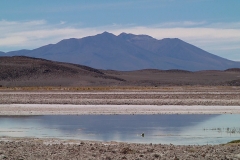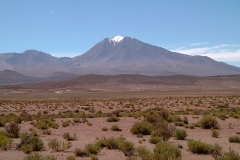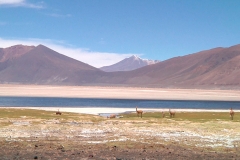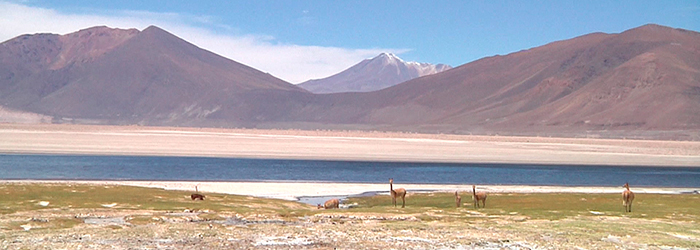Economy
Quechua community economies vary by geographic zone. The Quechuas of Ollagüe and San Pedro primarily raise livestock and practice limited agriculture, as well as sometimes gathering wild plants and extracting non-metallic minerals. In contrast, the Quechua communities of Tarapacá subsist primarily on agriculture.
In Ollagüe, that means growing crops such as potatoes and alfalfa on terraced fields situated in nearby frost-free ravines such as Puquios, Cohasa, Del Inca, Caichape and Amincha. In the San Pedro River zone, in contrast, agriculture was abandoned many years ago due to the lack of water, and the population soon left the area. In Tarapacá oases and ravines such as Mamiña, Quipisca and Miñe Miñe, agriculture is more diversified, and includes corn, oregano and fruit, among other crops, in addition to the traditional potatoes and alfalfa. Some of these settlements have a subsistence economy, while others are more market-oriented, with some or most of their crops destined for sale.
A few Quechua families in Ollagüe still raise llama and alpaca herds, practicing the seasonal nomadism this activity requires. The localities of Cosca and Puquios are two cases in point, and their grazing lands are spread upon the slopes of the Aucanquilcha and Santa Rosa volcanoes, although some drive their herds as far as the San Pedro River to graze.
Importantly, in recent decades the traditional Quechua economy has been marginalized to a large extent, with herding been abandoned altogether in some localities. Traditional agriculture shares the same fate, mainly because of migration to urban centers, where Quechuas engage in salaried employment, leaving behind their traditional subsistence activities and land-based practices, especially owing to the lack of a labor force.






